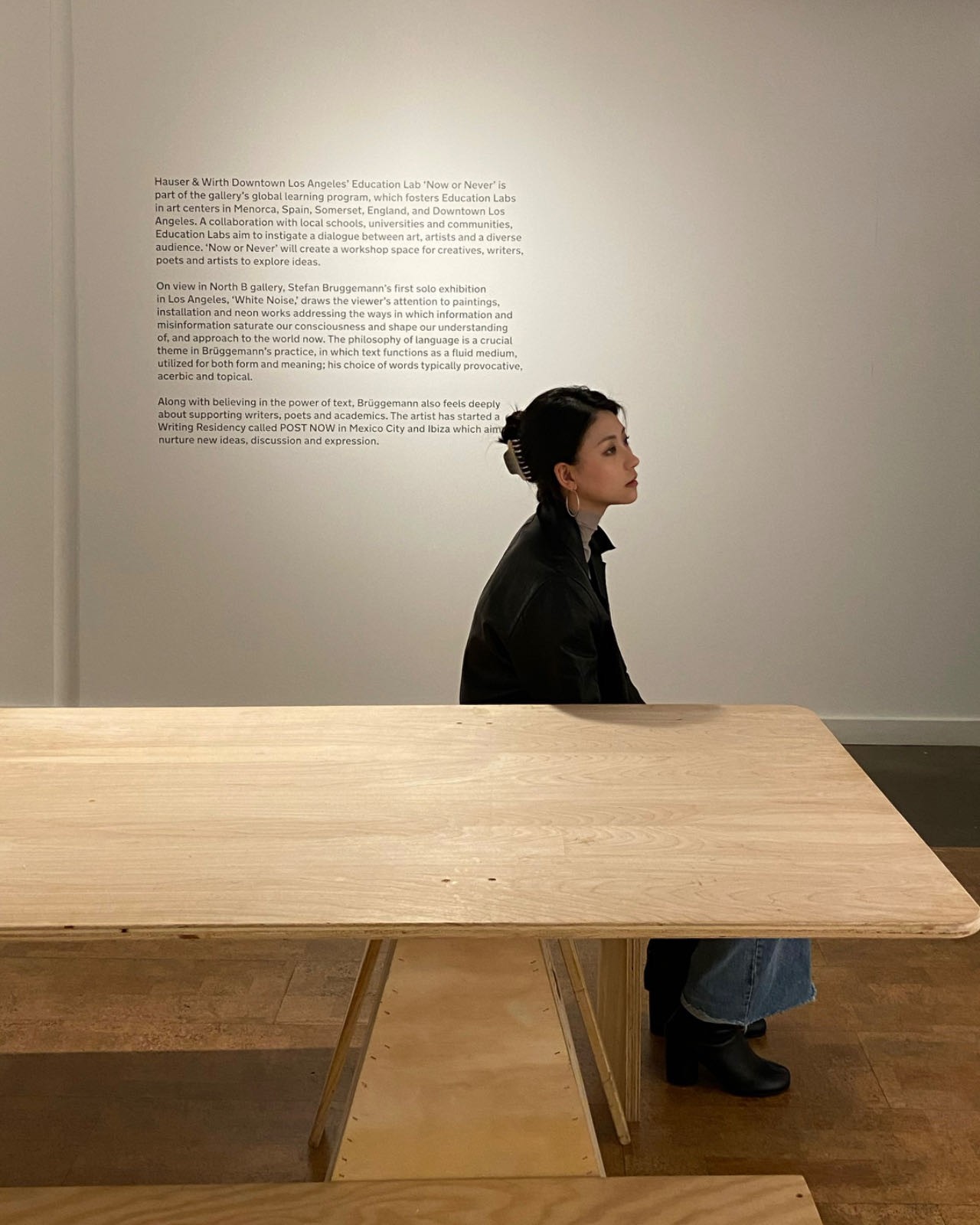Alright – so today we’ve got the honor of introducing you to Mingze Li. We think you’ll enjoy our conversation, we’ve shared it below.
Hi Mingze, thanks for joining us today. Any thoughts about whether to ask friends and family to support your business. What’s okay in your view?
As a freelance graphic designer and part-time tattoo artist, I find a unique joy in my work, especially in tattooing. It’s more than a job; it’s a source of energy and a canvas for boundless creativity. My journey in the arts is supported by friends, most of whom are art school graduates themselves, who understand and appreciate the nuances of my work.
However, navigating this path hasn’t been without its challenges, particularly when it comes to my parents. Coming from a traditional Asian background, they view tattoos as unconventional, even taboo. This cultural divide became starkly evident after I got my first tattoo. I remember the look of concern on my father’s face, a clear sign of the shock it was to them. Despite this, I know their love for me remains unchanged.
My passion lies deeply rooted in both design and the tattoo industry. The tattoos I bear are not just a career, they’re a part of who I am. Convincing my parents to accept this aspect of my identity has been a journey, one that I approach with understanding and patience. After all, isn’t it the ultimate dream to have a career you love and the support of those you love? I believe in bridging this cultural gap, not just for myself, but for anyone who finds themselves at this intersection of traditional values and modern passions.

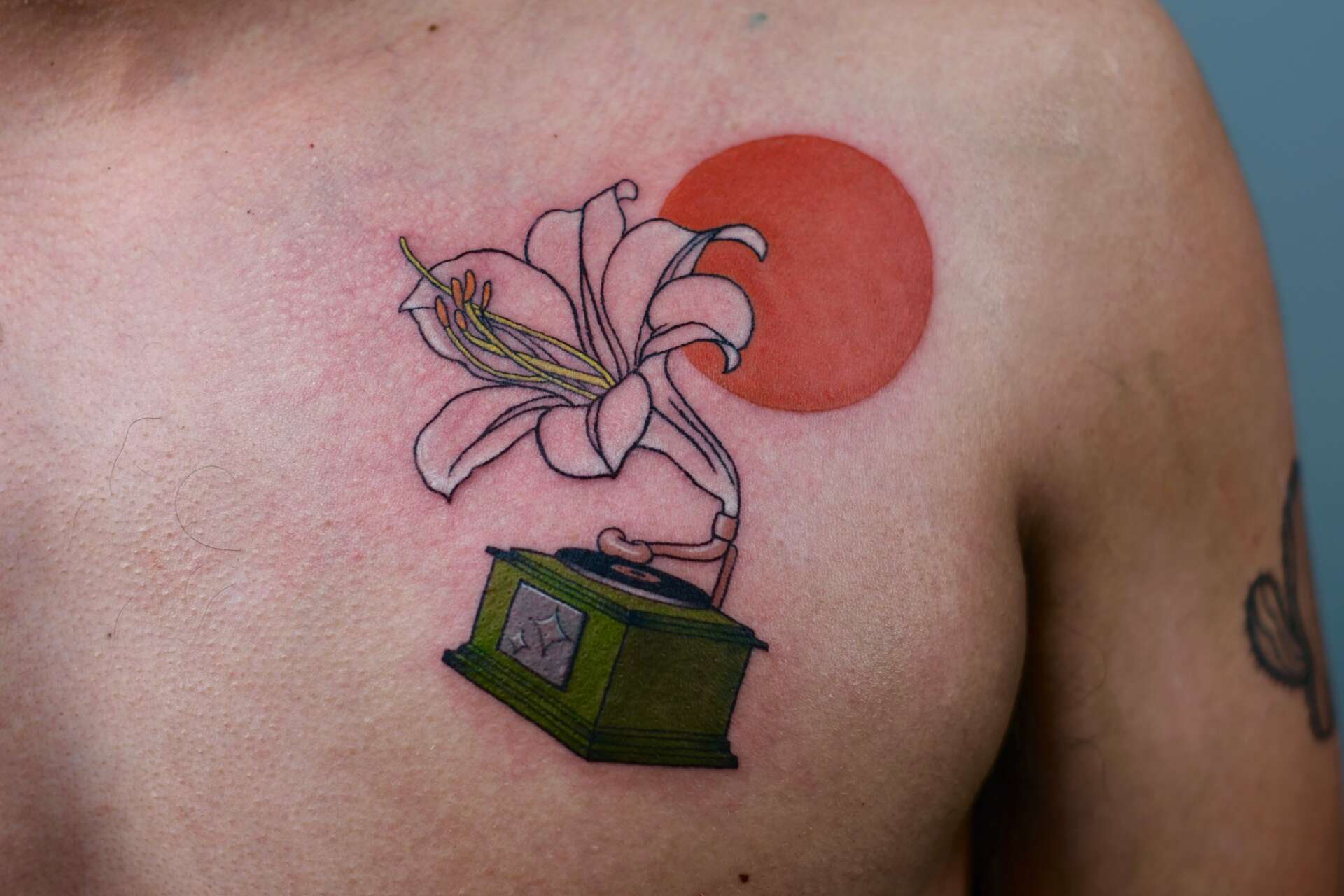
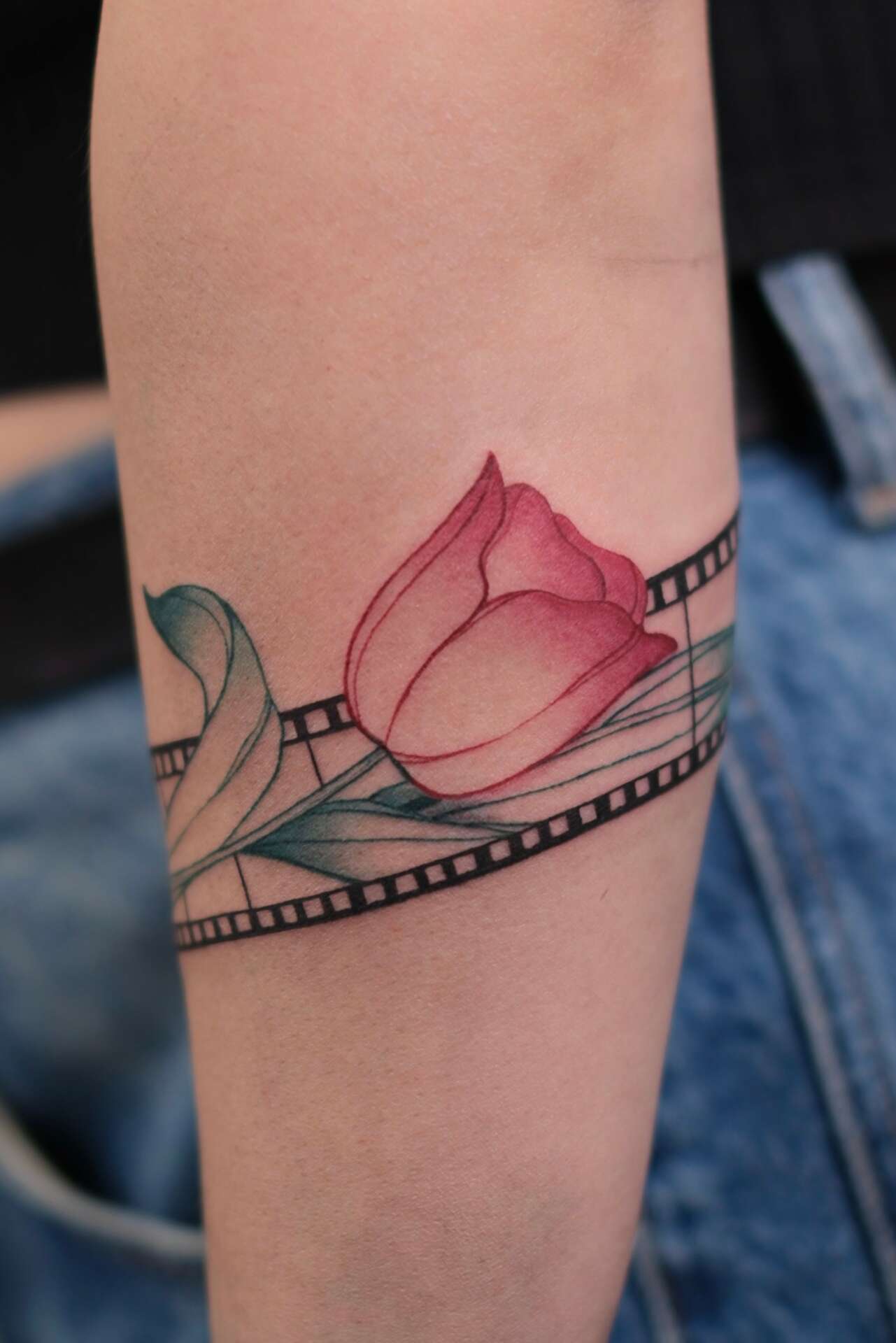
Mingze, love having you share your insights with us. Before we ask you more questions, maybe you can take a moment to introduce yourself to our readers who might have missed our earlier conversations?
My journey into the world of design and tattoo artistry is diverse. I graduated from Central Saint Martins in 2019 with a degree in Graphic Communication Design. Post-graduation, I ventured into the professional world as a lead designer for a toy studio in Shenzhen, where my skills and creativity flourished.
My fascination with tattoos began during my studies in the UK, where I got my first tattoo. This new form of “drawing” on the human body captivated me, opening up a realm of artistic expression I hadn’t explored before. At that time, however, I hadn’t envisioned tattooing as a career path; my primary focus was still on graphic design.
The years I spent working in Shenzhen were transformative. Perhaps spurred by the monotony of the epidemic lockdown or a burgeoning curiosity for new creative outlets, I began experimenting with moving images and installations. This exploration was exhilarating, igniting a passion beyond my day job. I found immense joy in the creative process, whether drafting tattoo designs or crafting art pieces.
In a pivotal decision, I left my job in Shenzhen. That same year, I was thrilled to receive an offer from ArtCenter College of Design, leading me to California. America’s open and inclusive culture has been an engagement. Here, I do enjoy the dual roles of a tattoo artist and freelance designer.
My years of design experience have honed my skills in branding, making me a natural in this field. Currently, my focus is shifting towards dynamic effects, aligning with the current trends in the industry. As I continue on this path, I remain hopeful and passionate. My dream is to sustain this blend of art and design, living a life where to put my passions.
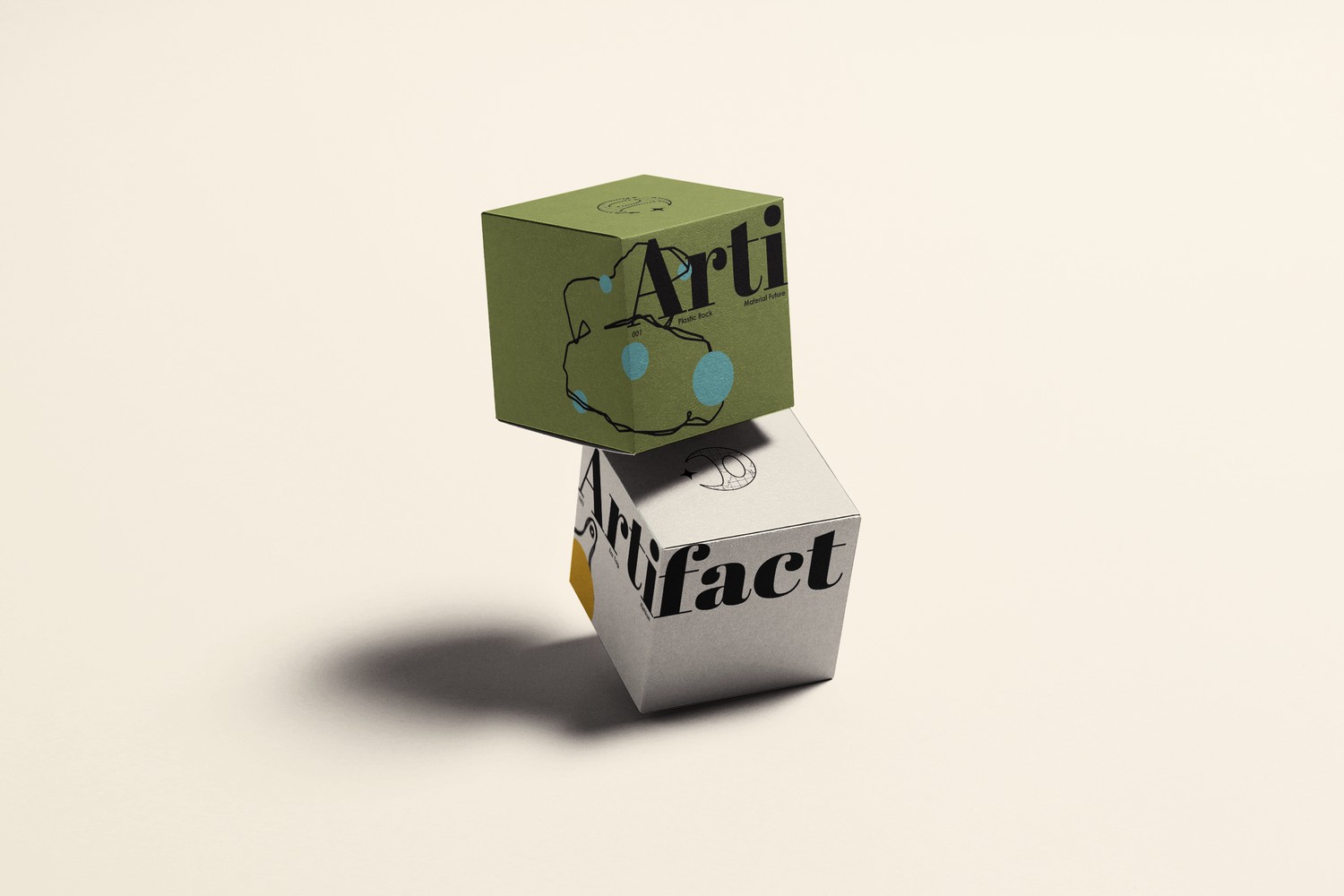
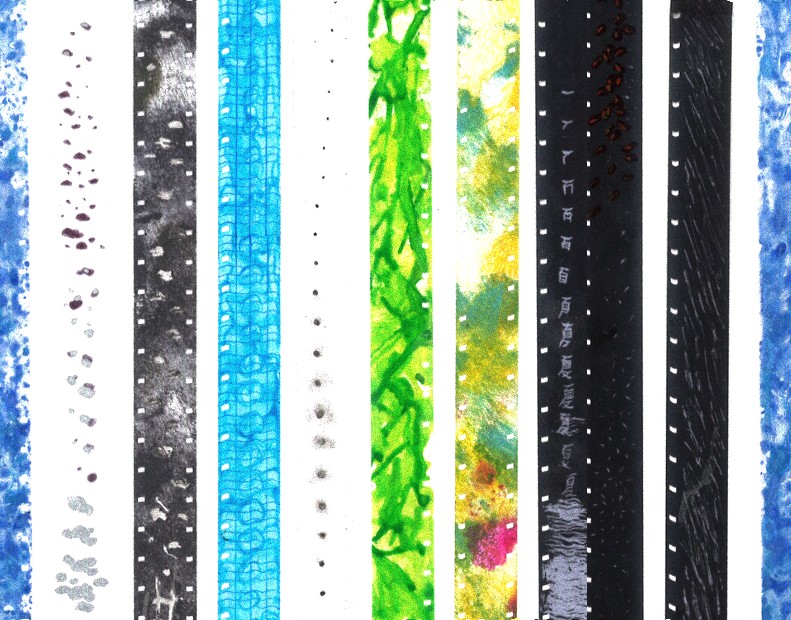
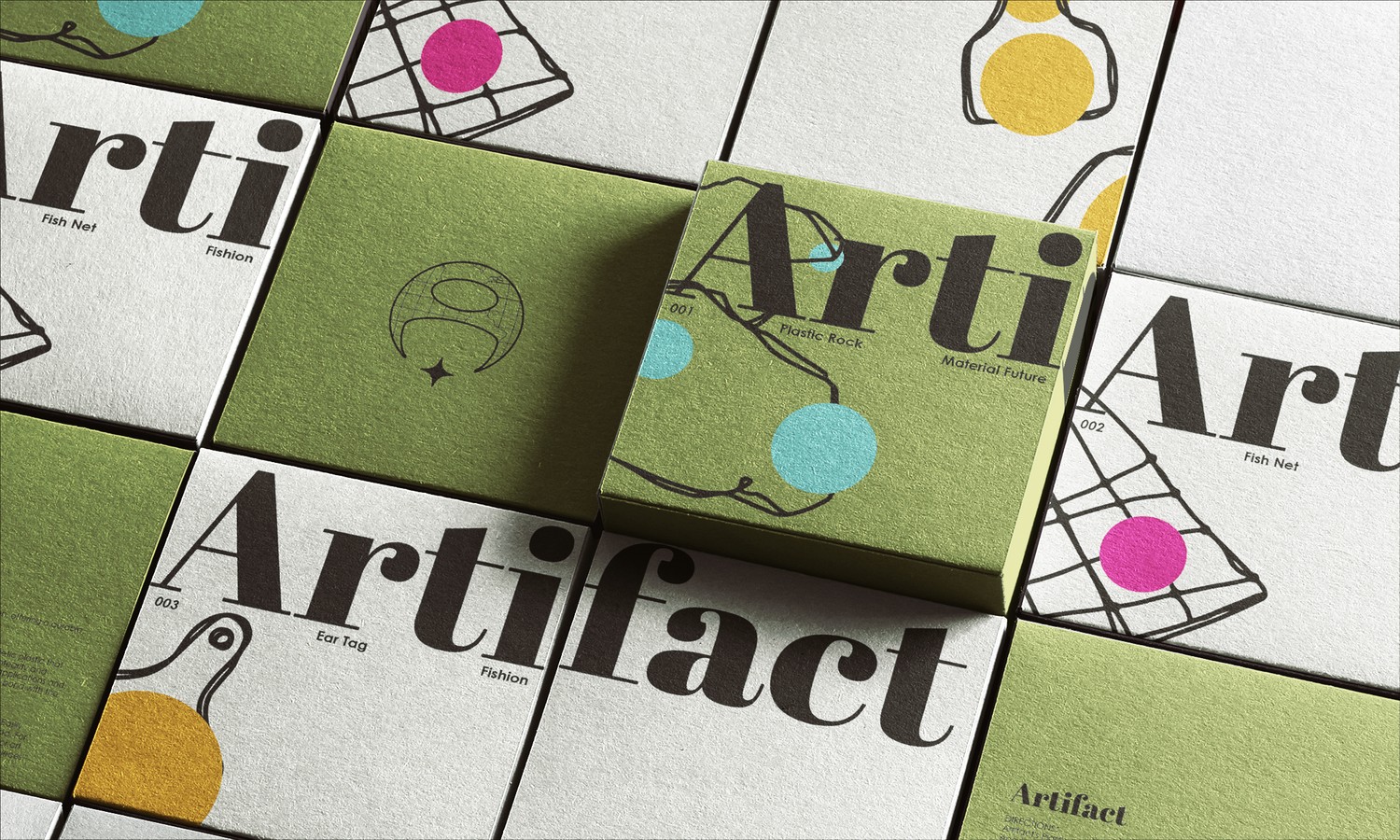
How did you build your audience on social media?
For me, social media is one of the most challenging aspects. In the fields of design and art, aesthetics are deeply personal, making it difficult to pinpoint exactly where your audience lies. This ambiguity often means that initial returns can be slow and uncertain.
For creatives like me, the key to success on social media is consistent engagement. It’s about ensuring that more people see your work, which requires a steady, dedicated effort. Staying attuned to trends is crucial, as they often dictate the ebb and flow of audience attention. However, it’s not just about following trends; it’s also about refining and honing your strengths.
People are drawn to growth and evolution. Showcasing your development as an artist and a designer is a powerful way to connect with your audience. It’s this display of progress and the journey of your craft that truly captivates and motivates viewers.


Is there something you think non-creatives will struggle to understand about your journey as a creative? Maybe you can provide some insight – you never know who might benefit from the enlightenment.
Certainly, one aspect non-creatives might find challenging to grasp is the concept of ‘creative fulfillment’ over conventional success. In the creative field, success isn’t always measured by traditional metrics like sales figures or client volume. It’s often about the personal satisfaction and growth that comes from the creative process itself. For instance, as a tattoo artist and graphic designer, I find immense fulfillment in the act of creation, whether it’s designing a unique tattoo or experimenting with dynamic graphic effects. This intrinsic joy might be hard to quantify but is incredibly valuable.
Another point is the non-linear nature of creative careers. Unlike many traditional professions, paths in the arts can be unpredictable and varied. My journey from a graphic designer in Shenzhen to a tattoo artist in California, for example, was not straightforward. It involved exploring different mediums, adapting to new trends, and continuously learning and evolving. This kind of career trajectory can seem unstable or risky to those outside the creative field, but it’s often the norm for us. Also, the importance of personal aesthetics and style might be underappreciated by non-creatives. In the arts, developing a unique voice or style isn’t just a matter of preference; it’s a crucial part of one’s professional identity.
Contact Info:
- Website: minzyli.me
- Instagram: https://www.instagram.com/minzy_cypher?igsh=OGQ5ZDc2ODk2ZA==
Image Credits
Mingze Li


